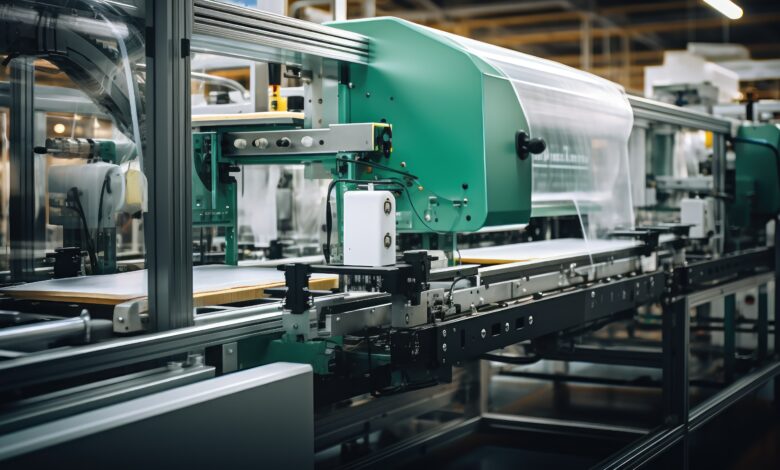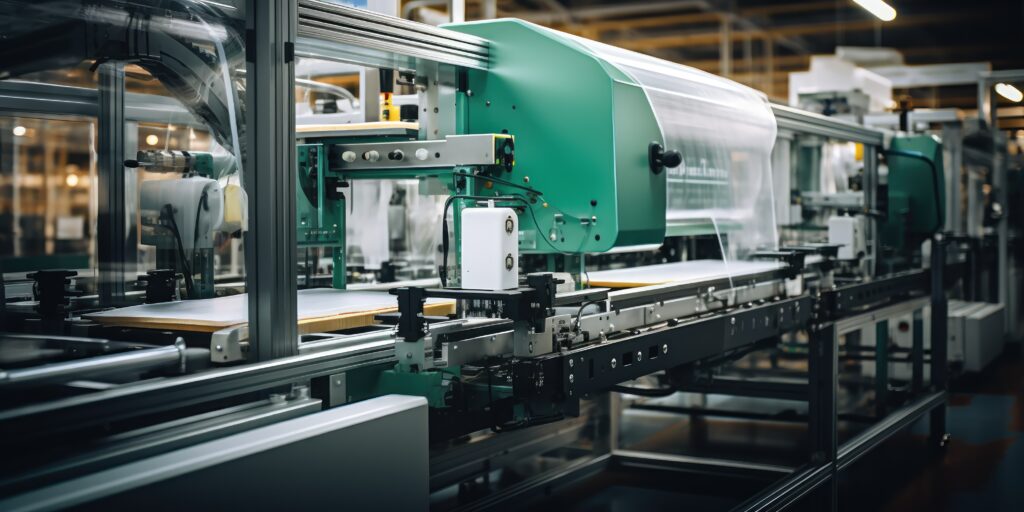
In today’s fast-paced world, the demand for injection moulding machines is skyrocketing. But have you ever wondered what the global market for these machines looks like in 2024? Let’s dive into the intricacies of this fascinating industry.

Table of Contents
| Sr# | Headings |
|---|---|
| 1 | Introduction |
| 2 | What is Injection Moulding? |
| 3 | Evolution of Injection Moulding Machines |
| 4 | Key Players in the Global Market |
| 5 | Technological Advancements |
| 6 | Market Trends |
| 7 | Regional Market Analysis |
| 8 | Environmental Impact |
| 9 | Future Outlook |
| 10 | Conclusion |
| 11 | FAQs |
1. Introduction
Injection moulding machines are the backbone of modern manufacturing, shaping everything from toys to car parts with precision and efficiency. As we step into 2024, let’s unravel the mysteries of this dynamic industry.
2. What is Injection Moulding?
Injection moulding is a manufacturing process where molten material is injected into a mould cavity, cooled, and solidified to produce a desired object. It’s like filling a mold with liquid chocolate to create a delicious treat, but on a much larger scale!
3. Evolution of Injection Moulding Machines
Over the years, injection moulding machines have evolved from simple hydraulic machines to sophisticated, computer-controlled marvels. Today, smart injection moulding machines equipped with sensors and AI algorithms can optimize the entire production process, reducing waste and increasing efficiency.
4. Key Players in the Global Market
The global market for injection moulding machines is dominated by industry giants such as Haitian International, Arburg, and Engel Machinery. These companies constantly innovate to stay ahead in the competitive landscape, offering a wide range of machines to meet diverse manufacturing needs.
5. Technological Advancements
Industry 4.0 technologies have revolutionized the injection moulding sector, enabling real-time monitoring, predictive maintenance, and remote troubleshooting. With the integration of IoT devices and cloud computing, manufacturers can now optimize production processes like never before.
6. Market Trends
In 2024, the injection moulding market is witnessing a surge in demand for electric and hybrid machines due to their energy efficiency and environmental benefits. Additionally, the growing trend towards customization and shorter production runs is driving the adoption of flexible manufacturing solutions.
7. Regional Market Analysis
Asia-Pacific remains the epicenter of the injection moulding industry, thanks to the presence of manufacturing powerhouses like China and Japan. However, emerging markets in Latin America and Africa are experiencing rapid growth, fueled by investments in infrastructure and industrial development.
8. Environmental Impact
While injection moulding offers numerous benefits in terms of efficiency and precision, it also raises concerns about plastic waste and environmental pollution. Manufacturers are increasingly exploring sustainable materials and recycling solutions to minimize their ecological footprint.
9. Future Outlook
Looking ahead, the future of injection moulding machines appears promising, driven by advancements in material science, automation, and digitalization. As the demand for customized products continues to rise, manufacturers will need to adapt to changing consumer preferences and market dynamics.
10. Conclusion
In conclusion, the global market landscape of injection moulding machines is vibrant and dynamic, characterized by technological innovation, market trends, and environmental considerations. As we embrace the opportunities and challenges of the future, one thing is certain – injection moulding will continue to play a pivotal role in shaping the world around us.
11. FAQs
1. What are the main types of injection moulding machines?
The main types include hydraulic, electric, and hybrid machines, each offering unique advantages in terms of energy efficiency and precision.
2. How do injection moulding machines contribute to environmental sustainability?
Injection moulding machines can contribute to environmental sustainability by using recycled materials, optimizing production processes to reduce waste, and exploring alternative materials such as bioplastics.
3. What are some common applications of injection moulding?
Injection moulding is used in a wide range of industries, including automotive, packaging, consumer goods, and healthcare, to produce items such as automotive parts, containers, toys, and medical devices.
4. What are the key factors driving the growth of the injection moulding market?
Key factors driving growth include technological advancements, increasing demand for customized products, and the expansion of manufacturing activities in emerging economies.
5. How can manufacturers ensure the quality of injection moulded products?
Manufacturers can ensure product quality by implementing stringent quality control measures, conducting regular maintenance of machines, and investing in employee training to optimize production processes.



